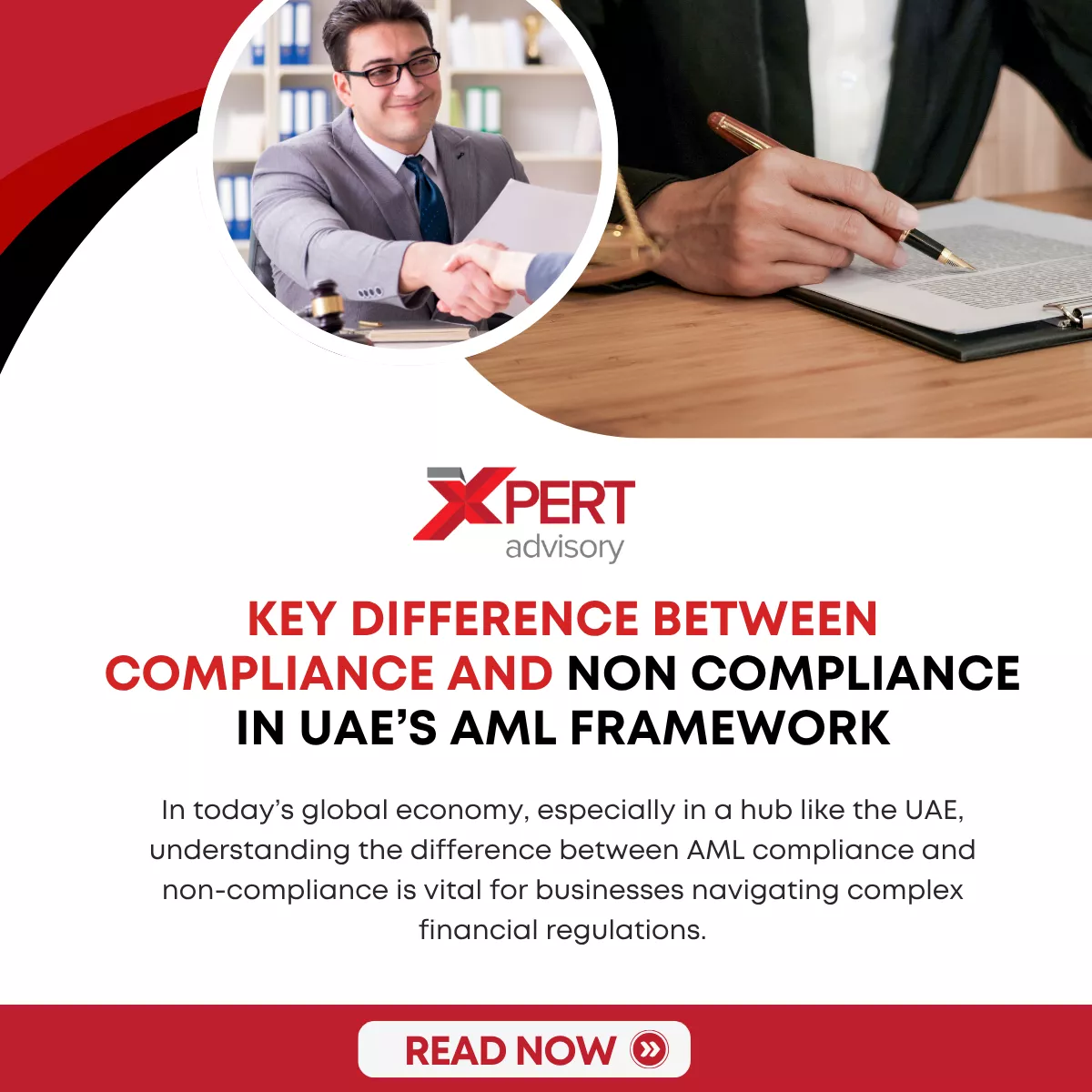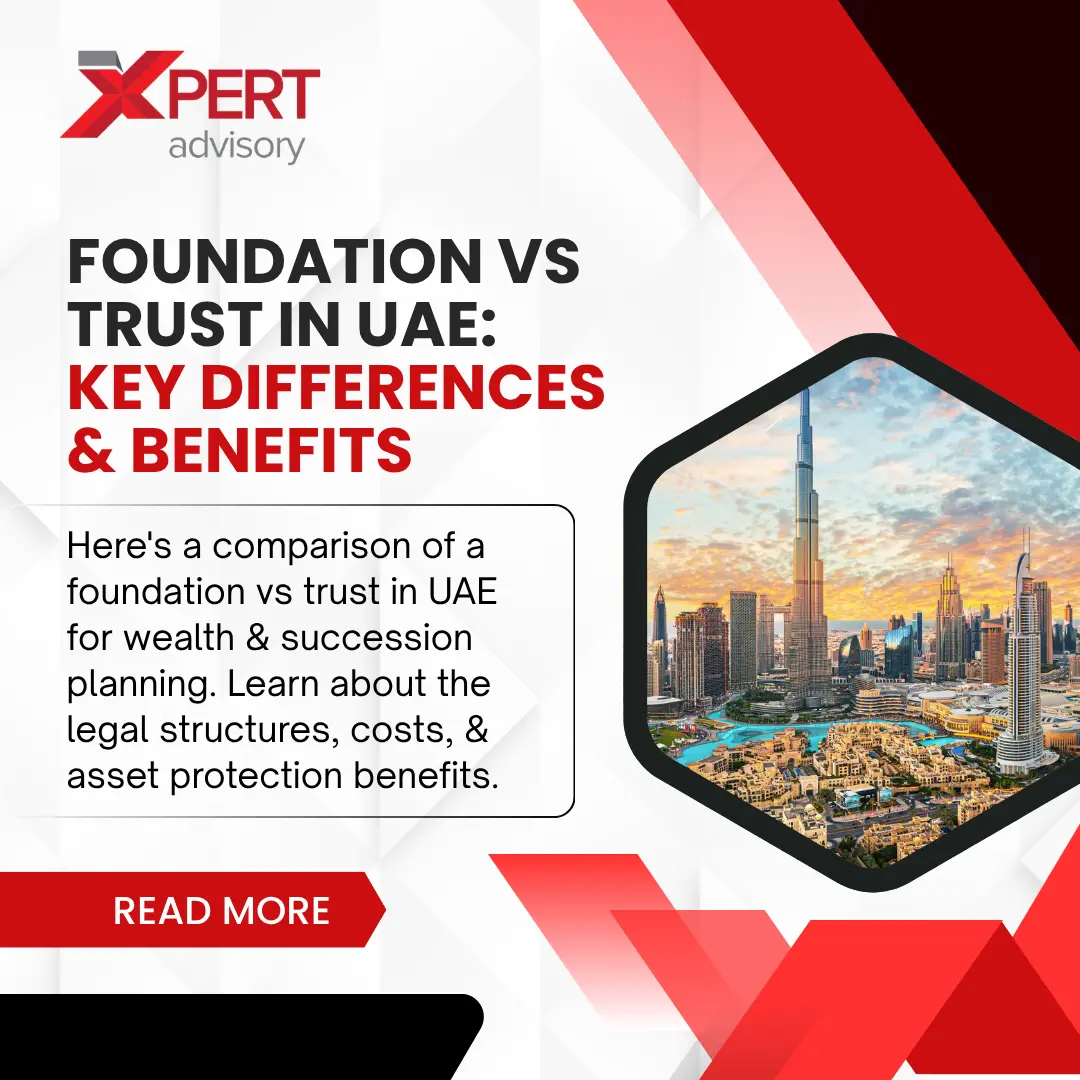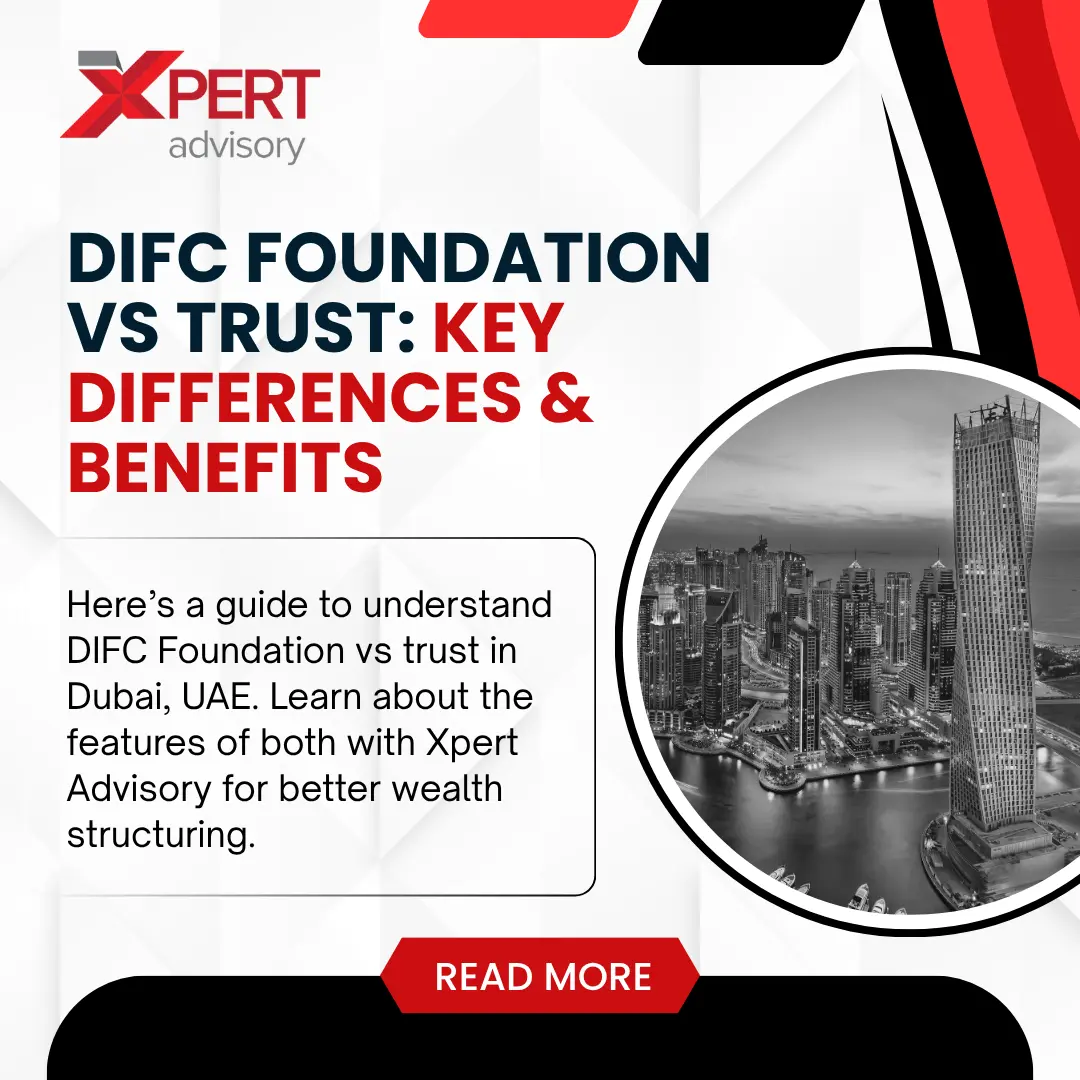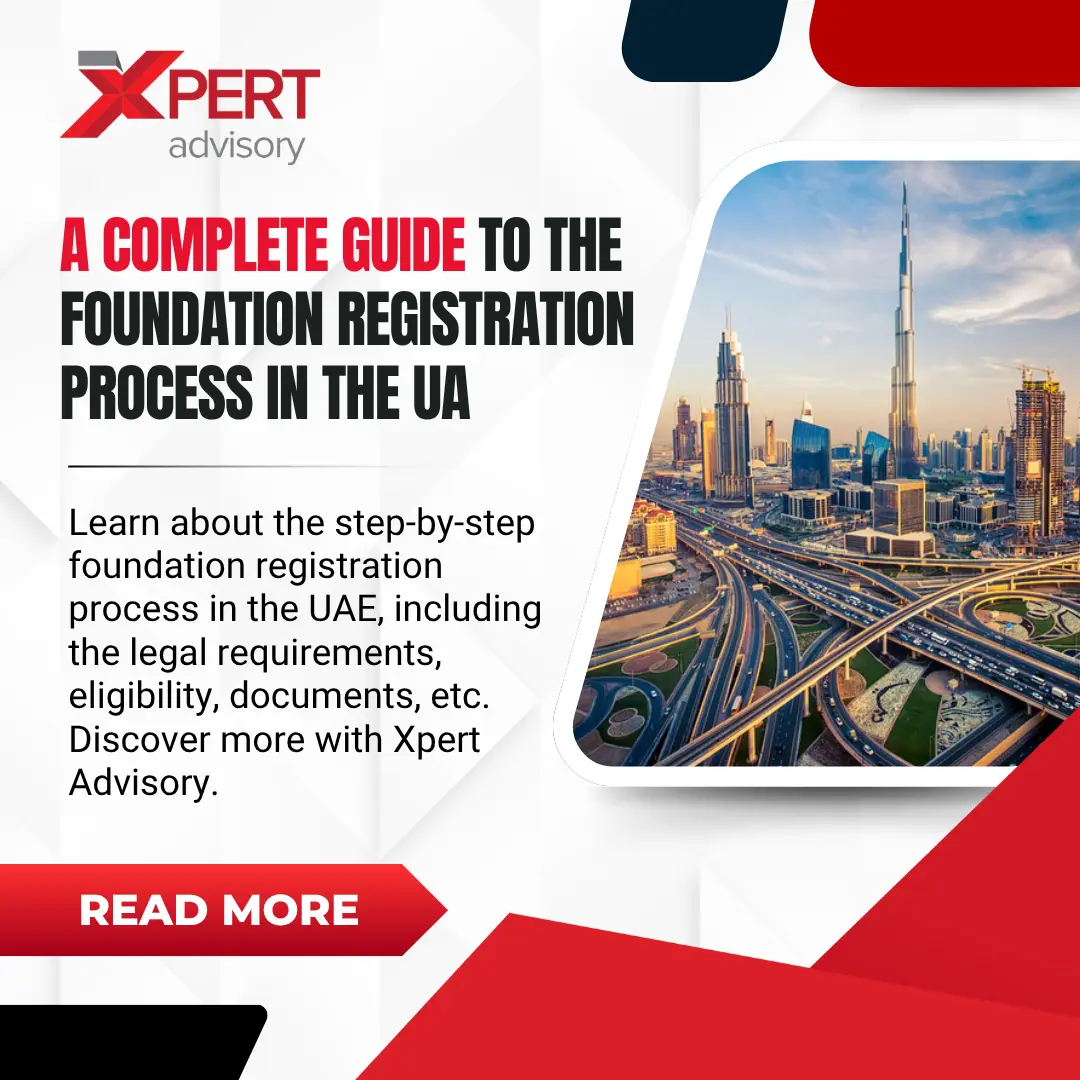In today’s global financial environment, the importance of Anti- Money Laundering (AML) compliance cannot be overstated. Especially in a financial hub like the United Arab Emirates (UAE), where large businesses undergo complex regulations, knowing the difference between compliance and non compliance becomes crucial. This blog dives into the key difference between compliance and non compliance in the UAE’s AML regulations, focusing on the necessity of adhering to AML requirements and the implications for organizations that fail to comply.
What is Compliance and Non-Compliance in AML?

Compliance in AML refers to an organization’s strict adherence to laws and regulations along with best practices that stop financial crimes. In the UAE it stems from the UAE Central Bank and Financial Intelligence Unit (FIU) and the Executive Office for Anti-Money Laundering and Counter-Terrorism Financing (AML/CFT). Businesses must create solid systems and perform system evaluations to track financial operations while actively looking for dubious transaction indicators.
Non-compliance happens when businesses fail to meet AML requirements such as inadequate monitoring, neglecting CDD or failing to report suspicious activities. This can result from poor internal policies or misconduct. Non-compliance in the UAE produces serious repercussions which lead to severe penalties alongside business closure and possible criminal prosecution thus exposing organizations to alligators of legal and financial and reputational damage.
Key Regulations Governing AML Compliance in the UAE
Different Federal Regulations within the UAE responsible for Money Laundering Compliance have created an effective collection of laws to address money laundering along with terrorist financing. Legislative structures intended for financial sector organizations and all other businesses aim to align their operations with international criteria from the Financial Action Task Force (FATF) and other norms.
- Federal Decree-Law No. 20 of 2018 on Anti-Money Laundering and Combating the Financing of Terrorism (AML/CFT): It works as the backbone of UAE money laundering and terrorist financing prevention strategies. The law establishes essential legal parameters for reporting entities through requirements about customer due diligence processes and suspicious reporting protocols and AML officer appointment standards. Compliance to these provisions is necessary as non-compliance leads to substantial monetary sanctions and other sanctions.
- Federal Decree-Law No. 26 of 2021 (Amending Specific Provisions of Federal Decree-Law No. 20 of 2018): This law modified selected existing provisions to build up the current AML system and protect against new risks while maintaining compliance with international money laundering protocols.
- Cabinet Decision No. (10) of 2019 Regarding Executive Regulations for Money Laundering and Terrorist Financing: Through this law, the UAE government established particular regulations to implement the AML/CFT system. This document specifies identical instructions for businesses to implement AML measures successfully.
These individual laws establish mechanisms which force businesses to maintain their legal responsibility for stopping money laundering activities. The UAE follows international norms which FATF stipulates to retain its financial institutions’ high status across the global market.
Compliance vs Non Compliance in UAE’s AML Regulations
AML compliance helps organizations prevent financial fraud, avoid penalties, protect reputation, train the workforce, manage third-party risks, and avoid costs they might incur. Here’s the key difference between compliance and non compliance across various essential domains of UAE’s AML framework:
Enterprise-Wide Risk Assessment (EWRA)
- Compliance
An organization which adheres to Enterprise-Wide Risk Assessment (EWRA) performs effective risk management for financial crimes through proper identification and evaluation procedures. A properly implemented EWRA enables businesses to develop risk-based AML systems through which their corporate operations become more efficient and remain compliant with regulatory requirements. - Non-Compliance
Organizations that fail to follow this regulation end up providing incorrect assessments of business risks, which triggers either inefficient control functions or inadequate protection which makes organizations more prone to money laundering attempts. The improper execution of an EWRA leads organizations to face potential regulatory inspections which may trigger enforcement activities.
Internal Policies, Procedures, and Controls (IPPC)
- Compliance
Organizations following AML requirements must develop business risk-specific well-designed Internal Policies and Procedures along with Control systems. The implementation of compliance calendars and checklists within effective IPPC frameworks maintains a performing balance between regulatory requirements and operational needs.
- Non-Compliance
Non-compliance develops because companies use general or outdated templates that do not match their risk profile. The absence of appropriate policies fuels regulatory violations and leads to poor management of AML controls and greater vulnerability to financial criminal activities. The right design of IPPC frameworks guarantees both regulatory compliance and protects organizations from extra regulatory responsibility.
Appointing an Independent AML/CFT Auditor
- Compliance
To demonstrate compliance an organization must select a certified independent AML/CFT auditor that have experience with AML examinations. The auditing process becomes more open while the auditor helps organizations find possible flaws which require repair. - Non-Compliance
Companies that violate regulations disregard the auditor’s assessment procedure and, as a result, perform adversely in AML audits. Organizations which conduct improper assessments will neglect industry-related threats while also failing to identify essential weak points in their AML programs. Organizations that adhere to appropriate procedures will conduct comprehensive evaluations that result in more effective risk management strategies and improve their capacity to comply with regulatory requirements.
Keeping Risk Appetite in Check
- Compliance
Financial institutions along with other organizations that operate under AML regulations need proper risk appetite management as their foundation. The process for compliance includes regular checks of risk health status in addition to evaluations of control efficiency to monitor risks that remain within approved ranges. - Non-Compliance
Failure to follow risk appetite requirements leads organizations into control misalignment which makes financial crime risk management harder to perform. Businesses face two problems when implementing AML controls as one option exposes them to great risks and the other produces too many operational impediments. A risk appetite framework that receives proper maintenance allows businesses to perform risk management while maintaining operational efficiency at acceptable levels.
Know Your Customer (KYC) Processes
- Compliance
AML compliance for Know Your Customer (KYC) procedures helps organizations complete efficient identity verification of their customers. Business operations benefit from digital ID verification together with remote KYC and liveness checks since these measures improve onboarding efficiency alongside rigorous regulatory maintenance. - Non-Compliance
Organizations that do not conform to regulations continue to use slow yet manual KYC procedures which negatively affect their customer relationships. Compromised KYC methods produce unhappy customers while exposing the organization to higher fraud danger and governmental financial punishments. The implementation of proactive compliance measures allows businesses to build superior customer satisfaction and lower the risks of money laundering.
Governance, Risk, and Compliance (GRC)
- Compliance
Organizations that establish a structured Governance Risk and Compliance (GRC) framework achieve proper management of defined AML compliance duties. Organizations maintaining AML governance rules create specific separation of responsibilities and deliver continuous compliance instructions alongside putting senior executive leaders in control. - Non-Compliance
Organizations that fail to implement adequate GRC practices end up missing important AML dangers thus making themselves vulnerable to financial crimes. Organizations that establish compliance within this area achieve unity through structured standardized AML policy systems.
Sanctions Screening

- Compliance
Organizations that remain compliant adopt automated screening solutions for sanctions so they can monitor active regulatory standards. Reliable screening software and alert systems help businesses achieve targeted financial sanction compliance and diminish the possibility of handling illegal transactions. - Non-Compliance
Organizations become non-compliant through two actions: they do without sanctions screening programs or continue to maintain manual procedures which lead to non-compliance. When sanctions are not detected the organization faces potential regulatory fines together with negative impacts to reputation.
Record-Keeping for AML/CFT-Related Records
- Compliance
Maintaining effective records represents the base requirement for keeping an AML compliance program. When organizations use centralized document management systems they gain simple access to compliance records while preserving data protection and fulfilling regulatory reporting needs. - Non-Compliance
Organizations that do not follow the required rules face inability to maintain adequate records of their activities which creates barriers when they need to retrieve documentation for regulatory compliance purposes. The failure to properly manage records leads to regulatory penalties alongside increased chances of financial criminal activities. Organizations which establish organized record-keeping practices succeed in lowering regulatory reporting requirements while decreasing their exposure to non-compliant risks.
Suspicious Transaction Reporting Office (STRO)
- Compliance
Businesses must submit their suspicious transactions and cash transactions to the Suspicious Transaction Reporting Office (STRO) with fast and correct procedures. The STRO Online Notices and Reporting (SONAR) platform serves compliant organizations for submitting their reports while fulfilling their legal responsibilities. - Non-Compliance
The failure to submit reports according to schedule or make errors in reporting at businesses results in regulatory fines and legal consequences. Proper reporting practices deliver enhanced compliance performance to organizations and support regulatory authorities in fighting financial crimes effectively.
| AML Compliance Area | Compliance | Non-Compliance |
| Enterprise-Wide Risk Assessment (EWRA) | Proper risk identification and assessment, leading to a risk-based AML framework. | Incorrect risk evaluation, causing inefficiencies and exposure to financial crimes. |
| Internal Policies, Procedures, and Controls (IPPC) | Well-structured, risk-based policies aligned with regulatory requirements. | Generic, outdated policies that increase regulatory risks. |
| Independent AML/CFT Auditor | Regular and independent compliance audits to identify weaknesses and ensure transparency. | Ineffective audits due to unqualified auditors, leading to overlooked risks. |
| Risk Appetite Management | Periodic risk reviews to maintain a balanced risk exposure. | Misaligned risk controls, leading to overexposure or excessive restrictions. |
| Know Your Customer (KYC) Processes | Digital ID verification and efficient onboarding for better compliance. | Manual, outdated processes causing inefficiencies and compliance failures. |
| Governance, Risk, and Compliance (GRC) | Clear roles, responsibilities, and structured compliance management. | Lack of defined roles, leading to gaps in AML controls. |
| Sanctions Screening | Automated screening solutions for real-time monitoring. | Outdated, manual screening increasing the risk of missed alerts. |
| Record-Keeping | Centralized document management for compliance and legal requirements. | Poor record-keeping practices leading to legal and regulatory risks. |
| Reporting to STRO | Timely, accurate suspicious transaction reporting via SONAR. | Delayed or inaccurate reporting, resulting in fines and legal consequences. |
Benefits of AML Compliance in the UAE
Here are the key benefits of AML compliance in the UAE:
- Avoids Legal Penalties: UAE Federal Decree-Law No. 20 of 2018 and associated regulations protect companies from legal financial penalties between AED 50,000 to AED 50 million based on the severity of violations.
- Boosts Business Reputation: Firms that respect regulatory standards gain approval from their target market and their financial stakeholders which creates positive aspects for long-term business expansion, and gain the ability to win prestigious clients together with global business partnerships.
- Prevents Financial Crimes: Businesses that implement thorough Know Your Customer (KYC) and transaction monitoring procedures spot unlawful activities promptly thus stopping instances of financial crime and corruption and terrorist financing schemes.
- Ensures Business Continuity: Companies availing regulatory compliance maintain business continuity because it protects them from damaging events including account freezes and investigative actions while preventing forced occupational shutdowns thus sustaining operational efficiency.
Consequences of Non-Compliance in the UAE
Non-compliance in the UAE can lead to several major consequences, including:
- Severe Financial Penalties: The UAE impose severe financial penalties according to Cabinet Decision No. 16 of 2021 which start at AED 50,000* and reach the maximum amount of AED 50* million for non-compliance. One or more acts of non-compliance result in more substantial regulatory penalties alongside increased official oversight of the business operations.
- Criminal Charges: AML violators, including owners and compliance officers who assist money launderers, face criminal prosecution as well as probable jail time and deportation.
- Business Closure: Regulatory bodies which include the UAE Central Bank and Financial Intelligence Unit and Executive Office for AML/CFT will revoke business licenses when business owners do not comply with standards.
- Restricted Financial Access: Non-compliant businesses experience banking restrictions when institutions refuse financial service which causes their accounts to freeze along with denied transactions and foreclosure of borrowing and investment opportunities.
- Loss of Trust and Reputation: Businesses that violate AML regulations face financial markets exclusion and long-term stability problems as well as damage to their trust among customers and their reputation suffers.
Conclusion
AML compliance is essential for protecting businesses from financial crimes, ensuring regulatory requirements and maintaining credibility in the financial industry. The UAE requires businesses to follow strict AML laws by implementing risk-based approaches, periodic reviews of suspicious financial activities and their transaction reporting. Businesses need to identify the difference between compliance and non compliance because compliance improves security measures, operational efficiency, and business reputation, whereas non-compliance results in severe penalties, legal consequences, and reputational damage.
Do you want to ensure your business stays ahead of AML risks? Contact Xpert Advisory today for expert AML compliance consultancy services in the UAE. From risk assessments to real-time monitoring, we provide tailored solutions to keep your business compliant, protected, and ahead of potential threats. Reach out now to secure your compliance and protect your financial future!
FAQs
What Are the Different Types of AML Compliance Measures for Businesses in the UAE?
AML compliance enables businesses to establish systems that monitor and stop money laundering events while preserving workplace confidentiality. Businesses must adhere to Central Bank regulations and other regulatory standards which both protect them from financial repercussions and legal consequences.
What Penalties Can Authorities Levy for Regulatory Compliance Non-Compliance in the UAE?
Any organization which fails to adhere to regulatory requirements in the UAE will face financial penalties that start at AED 50,000* and maximum at AED 50* million. The business faces greater regulatory scrutiny which affects employees and workers and requires full alignment with internal and external regulations.
What Strategy Can an Organization Adopt to Ensure AML Compliance in the UAE?
Each organization requires three key components to develop its compliance strategy: regular risk assessment followed by employee training and established specifications. They must also ensure privacy, implement internal controls, monitor third-party relationships, and stay updated with UAE AML laws.






